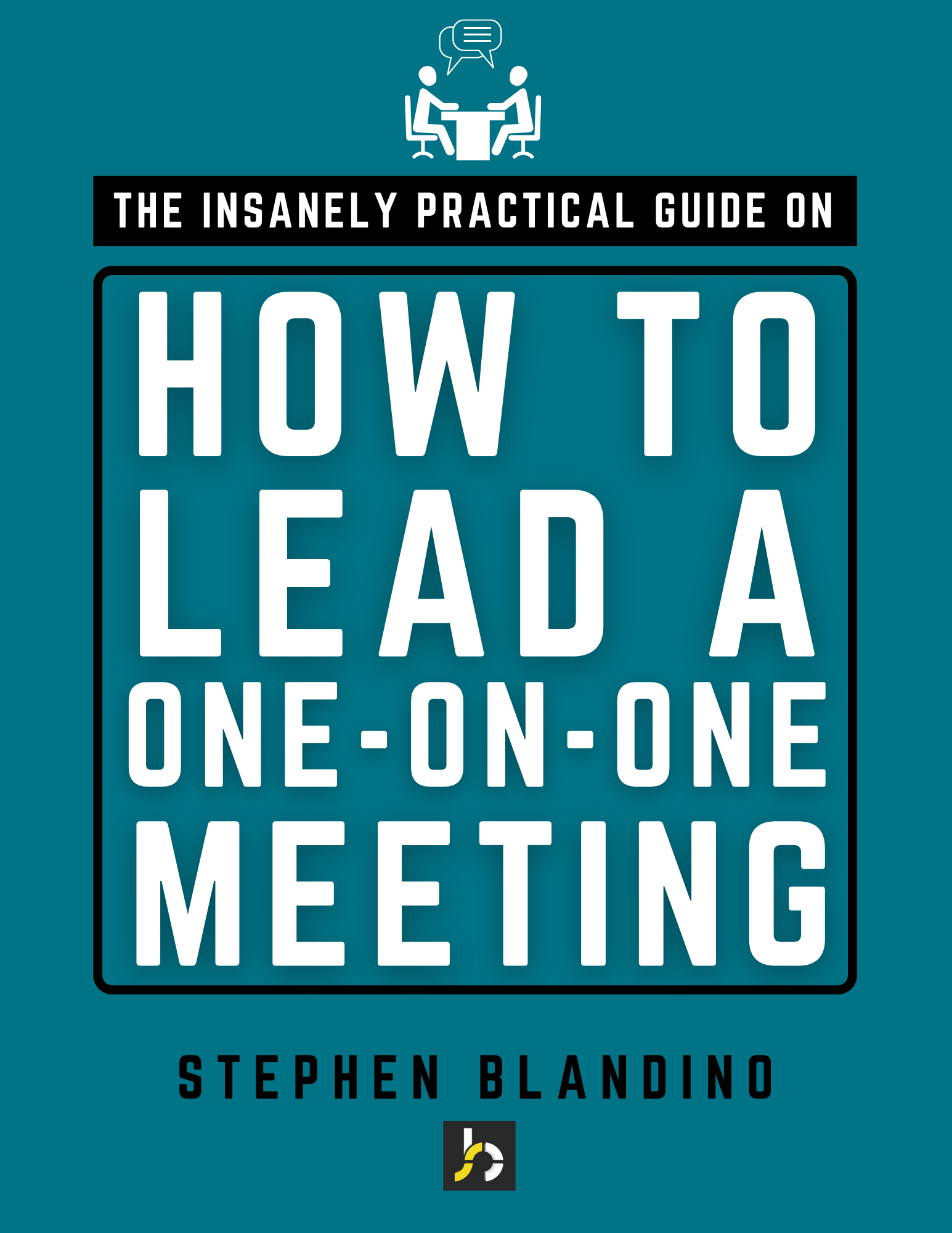In this series we’ve explored two ingredients to effective delegation. The first ingredient is Priority Assessment. Before you delegate responsibility, you must first know what you can’t delegate. The second ingredient is Team Empowerment. Team empowerment is all about identifying what you can delegate and who you can delegate it to.
The final ingredient to effective delegation is Monkey Management. Monkeys represent any next step you’ve delegated to another team member. And “Monkey Management” is the process of keeping monkey’s on their rightful owner’s back…rather than letting them return to your back.
The concept of “Monkey Management” is nothing new, but it still has great value today. The concept was made popular in a book by Ken Blanchard, Bill Oncken, and Hal Burrows titled, The One-Minute Manager Meets the Monkey. The book articulates The Four Rules of “Monkey Management.”
Rule #1: A boss and a staff member shall not part company until appropriate “next moves” have been described. The authors note, “The monkey is not a project or a problem; the monkey is whatever the ‘next move’ is on a project or problem.” How many times have you sat in a meeting where the next steps were never clarified? There may have been great discussion, but an executable plan was never determined. Monkey management begins by identifying the monkey (the next steps).
Rule #2: The dialogue between boss and staff member must not end until ownership of each monkey is assigned to a person. The authors observe, “All monkeys must be handled at the lowest organizational level consistent with their welfare.” If you spend all of your time working on other people’s monkeys, you’ll have no time to work on your own. You must move from reacting to other people’s monkey’s to proactively keeping their monkeys off your back so you can focus on your own monkeys. Otherwise, you’ll find yourself simply coping.
Rule #3: The dialogue between boss and staff member shall not end until all monkeys have been insured. The more freedom you give your people, the more risk there is that a mistake will be made. Monkey insurance is designed to make sure your team only makes affordable mistakes. There are two types of monkey insurance policies: Recommend, then act OR act, then advise. The level of risk determines which approach the leader should take.
Rule #4: The dialogue between boss and staff member shall not end until the monkey has a check-up appointment. There are two purposes for monkey checkups. The first is to catch people doing something right, and then offer praise and encouragement. The second is to spot problems, and then take necessary action to correct the problem before it turns into a crisis.
So here’s how the three ingredients of delegation work together.
- Priority Assessment ensures you are doing the right things with your time.
- Team Empowerment ensures you’re delegating the right things to the right people.
- Monkey Management ensures that what you delegated (the monkey) does not jump onto your back again. Delegation was never meant to be a boomerang. Once you let it go, somebody else should own it.
Question: Which “monkeys” keep jumping onto your back? What are you doing to allow this to happen? Which “monkey management rule” do you need to start practicing?








